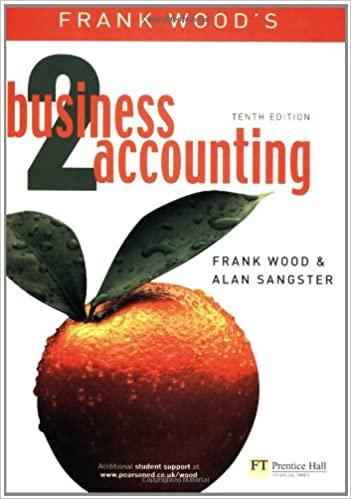Question
Ravi has opened a dairy shop in Jaipur. He planned to buy cottage cheese from a wholesaler and sell it to customers. The current cottage
Ravi has opened a dairy shop in Jaipur. He planned to buy cottage cheese from a wholesaler and sell it to customers. The current cottage cheese prices are floating at 300 per kilogram. To gain the attention of his customers and capture a big market share, Ravi decided to sell the cheese at 250 per kilogram for the first month. At this price, he was making neither a profit nor a loss. As a result, his shop became extremely popular in Jaipur. On average, he was selling 200 kilograms of cottage cheese every day. Taking this as a positive sign, he got into a contractual agreement with his wholesaler to provide him with 200 kilograms of cottage cheese every day. After the first month, Ravi had captured a significant market share. Then, to stabilise the prices, he started selling the cheese at 300 per kilogram. This resulted in a huge loss of sales, and his average daily sales fell to only 20 kilograms. He did not know what to do with the excess supply of 180 kilograms (200-20) of cottage cheese.
Determine what caused the bullwhip effect in the aforementioned scenario.
Step by Step Solution
There are 3 Steps involved in it
Step: 1
The bullwhip effect in supply chain management refers to the phenomenon where small fluctuations in ...
Get Instant Access to Expert-Tailored Solutions
See step-by-step solutions with expert insights and AI powered tools for academic success
Step: 2

Step: 3

Ace Your Homework with AI
Get the answers you need in no time with our AI-driven, step-by-step assistance
Get Started


